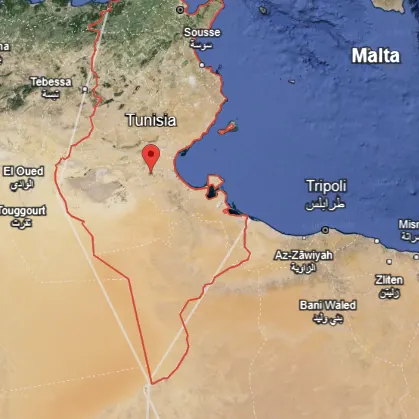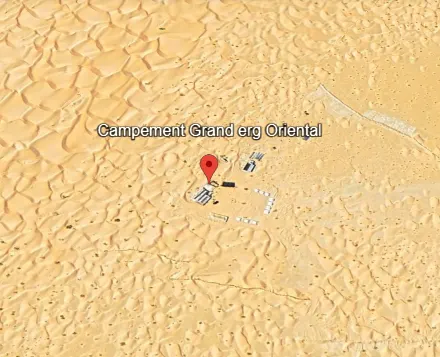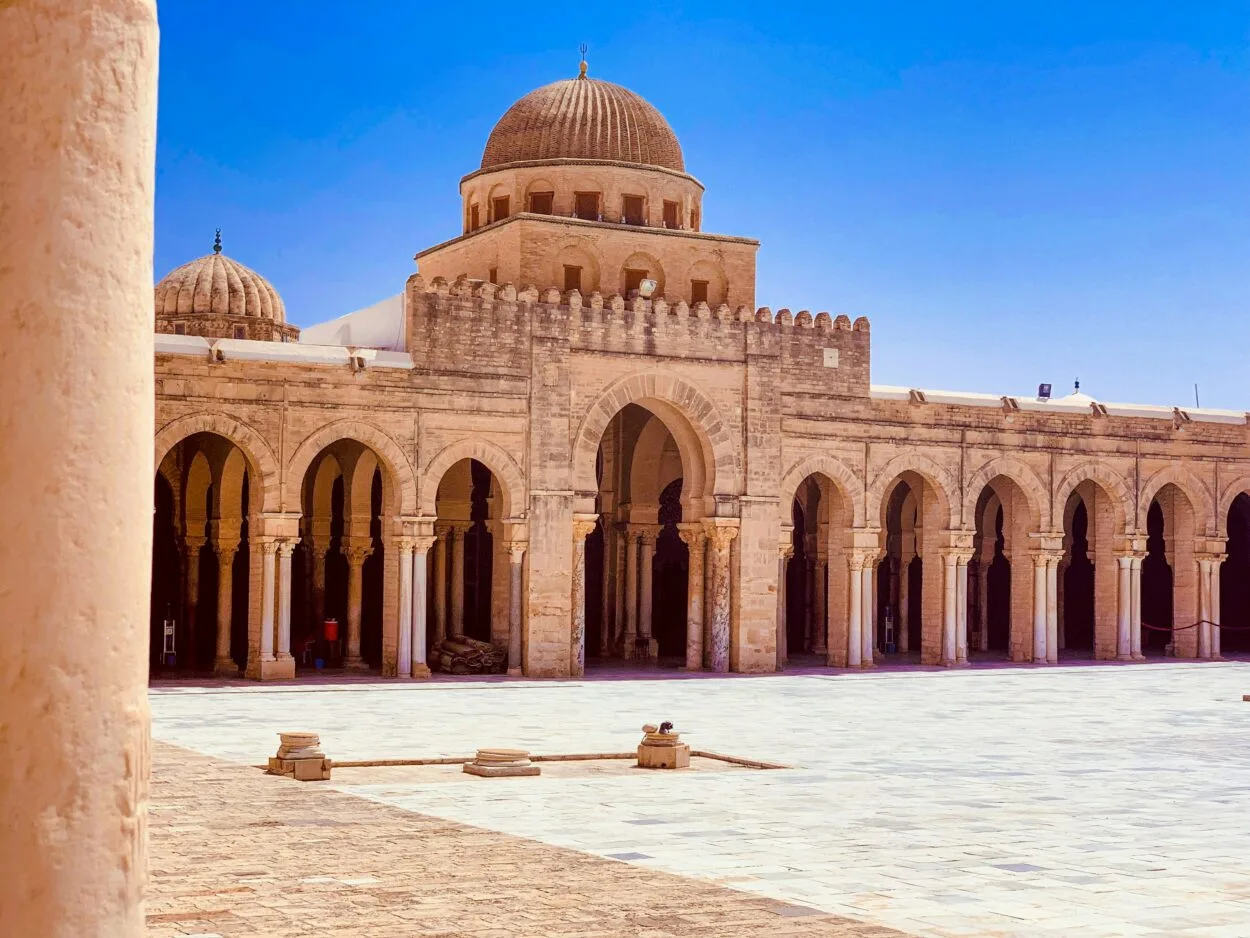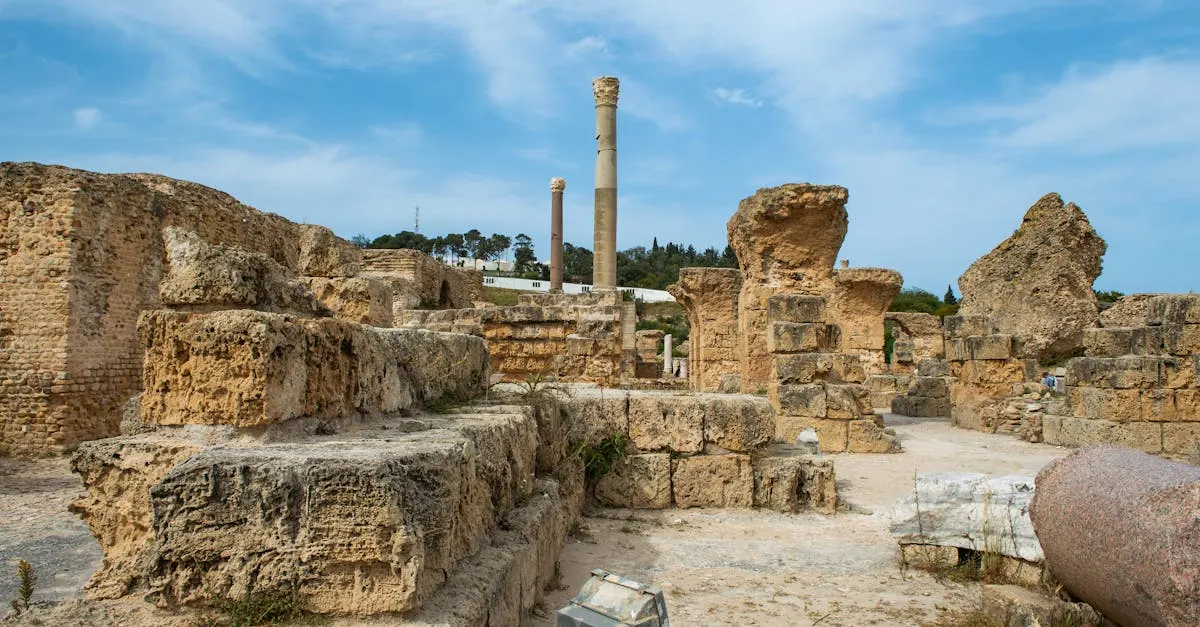Ever wondered where Tunisia is located? Let’s embark on a geographical journey to this captivating destination.
Tunisia, a gem in North Africa, is nestled on the Mediterranean coast, offering a blend of rich history, diverse culture, and stunning landscapes.
It’s the smallest country in the Maghreb region, but don’t let its size fool you.
Tunisia’s strategic location has played a significant role in its historical and cultural development. It’s sandwiched between Algeria to the west and Libya to the southeast, serving as a gateway to the Sahara Desert.
So, next time you’re scanning a world map, look for the northernmost point of Africa.
That’s where you’ll find Tunisia, a country brimming with historical sites, beautiful beaches, and a unique blend of Arab and Berber cultures.
| Category | Information |
| Capital | Tunis |
| Official Language | Arabic (with French widely spoken) |
| Area | 163,610 square kilometers |
| Population | Approximately 11.8 million (as of 2022) |
| Government | Unitary semi-presidential republic |
| Currency | Tunisian Dinar (TND) |
| GDP (nominal) | Approximately USD 42 billion (as of 2021) |
| GDP Per Capita | Approximately $3,568 (as of 2021) |
| Major Industries | Agriculture, mining, manufacturing, tourism, services |
| Climate | Mediterranean climate, with hot dry summers and mild, rainy winters |
| Religion | Islam (predominantly Sunni) |
| Time Zone | Central European Time (CET) GMT+1 |
Tunisia’s Geographic Location
Ever wonder, “Where is Tunisia?” Picture North Africa in mind, and you’ll find Tunisia nestled on the Mediterranean coast.
It’s the smallest country in the Maghreb region, yet it packs a punch with its rich history, diverse culture, and stunning landscapes. Surrounded by Algeria and Libya, Tunisia serves as a North African gateway to the Sahara Desert.
This tiny gem of a country is located at the crossroads of many ancient civilizations. Its strategic position has not only shaped its rich history but also influenced its vibrant and unique culture.
You’ll get a glimpse of Arab and Berber culture displayed in its architecture, which is a unique fusion seldom seen anywhere else.
Let’s dig deeper into Tunisia’s Instagram-worthy landscapes, shall we? Its northern region is defined by the lush green rolling hills of Tell Atlas, while the western part is dominated by rugged mountain ranges.
Tunisia’s southern terrain transforms into the mystic expanse of the Sahara Desert. Not to forget its beautiful beaches hugging the Mediterranean Sea, a sight that’s truly a treat to the eyes!
Besides its geographic diversity, what sets Tunisia apart is its climate.
The coastal areas enjoy a typical Mediterranean climate, with hot summers and mild winters. Venture into the interiors, and it’s semi-arid, while the Sahara region is arid.

Borders with Algeria and Libya
Tunisia’s geography tells the tale of fascinating juxtapositions. Algeria and Libya, two larger North African nations, flank this pocket-sized Titan.
Framed by its neighbors, Tunisia carves its own identity amidst the vast Mediterranean and Sahara landscapes.
Consider Algeria, to the west. The border stretches around 965 kilometers, cutting through a diverse landscape.
From the fertile Tell Atlas, the terrain trails into rugged inland mountains. Note, the High Plateaus. Here, the Mediterranean vegetation transitions into rough steppe-like landscapes. It’s a stark reminder of the imminent desert condition further south.
Venture east, and Libya waits. The Livingston Mountain Range demarcates Tunisia’s southeast border.
This area is significantly drier, far removed from the lush coastal regions. Over a 459-kilometer borderline, arid landscapes dominate the scene.
Yet, even in the face of the Sahara’s unforgiving terrain, there are pockets of life. The oases here offer a respite, bursting with date palms and fed by the underground springs.
Here’s a glance at Tunisia’s borders:
| Bordering Country | Border Length (km) |
|---|---|
| Algeria | 965 |
| Libya | 459 |
Through both neighbors, Tunisia proves to uphold a culture and climate that’s varied, rich, and uniquely its own.
Its borders serve as a transition zone, not just geographically but culturally as well. As you venture from the coastal regions to the arid Sahara stretches, the local architecture, food, and rhythms of life evolve, reflecting a blend of Arab, Berber, and Mediterranean influences.
These transitions make every journey through Tunisia a voyage of discovery.
Tunisia’s Significance as a Gateway to the Sahara Desert
While Tunisia acts as a geographic pivot between Algeria and Libya, it’s also your gateway to the vast Sahara Desert.
Tunisia’s unique location on the lip of the Sahara defines it, echoing a blend of Arab and Berber culture with Mediterranean influences. Let’s peel back the layers of this identity.
As you travel inland from the lush coastal region, Tunisian landscapes shift dramatically. The fertile plains gradually give way to rugged mountains, until vast desert expanses stretch beyond the horizon.
This region, known as the Grand Erg Oriental, forms part of the mighty Sahara Desert.

You’ll find striking dunes here, some reaching up to 150 meters in height. They ripple across the desert, sculpted by the wind into remarkable, ever-changing patterns.
This arid exterior hides a surprising secret – pockets of life thriving in oasis towns. They burst onto the scene, mirroring the resilience of Tunisia and its people, amidst arid climate and sand.
Tunisia’s role as the Sahara’s gateway also impacts architecture within these oasis towns. Structures tap into traditional methods, reducing heat and maximizing shade. They are not merely adaptations, they’re living, breathing expressions of nature.
This part of Tunisia exposes you to an authentic Sahara experience. You’ll encounter nomadic communities, ride camels under a vast desert sky, or even bed down in a Berber tent.
Tunisia’s location as a Sahara gateway reinforces its significance, influencing its culture, architecture, and traditions.
Indulge in this unique melt of influences and discover how Tunisia sings its Saharan identity. A journey here is about more than geography. It is a trip into nature, culture, history, and the resilient human spirit.
Tunisia’s Cultural Diversity
When you venture into Tunisia, you’re not just stepping into a geographical location. You’re immersing yourself in a rich tapestry woven with threads of diverse cultures.
The country’s position as a gateway to the Sahara Desert sets the stage for a vibrant blend of Arab, Berber, and Mediterranean influences.
That cultural fusion creates a distinctive Tunisian identity, celebrated through traditional customs and well-preserved architectural styles.
Seeing those dunes of the vast Grand Erg Oriental, it’s hard to imagine life thriving in such conditions. But it does.
Oasis towns punctuate the arid desert landscape, their existence a testament to the human spirit’s adaptability.
The very architecture of these towns reflects time-honored methods of coping with the desert environment, a living embodiment of the Sahara experience.
On your journey, you’ll encounter the bedouins, nomadic communities that have roamed the desert since time immemorial.
Their lifestyle, adapted to withstand the dunes and harsh desert climate, is a reminder of man’s evolving relationship with nature. And the grandeur of camel rides, staple transportation in these parts, is an experience in itself.
From Tunisia’s fertile plains, over rugged mountains, and into the Sahara’s heart, you’re not merely traversing terrains.
You’re journeying across time, witnessing culture and tradition woven into the very fabric of life, borne out of a unique blend of influences.
Yet, the journey through Tunisia is not done as each region of the Sahara gateway unravels yet another layer of a fascinating culture.
As you peel these layers, you come to appreciate Tunisia’s cultural richness further and its bedrock position as a Sahara gateway.
Remember, the diversity seen here is a testament to the resilience and adaptability rooted in each grain of its Sahara sands.

Frequently Asked Questions
What is the central theme of the article?
The article is primarily focused on exploring and appreciating Tunisia’s cultural diversity and its role as a gateway to the Sahara Desert. It underlines the fusion of Arab, Berber, and Mediterranean influences in Tunisia.
How does Tunisia’s architecture reflect adaptation to the environment?
Tunisia’s traditional architecture shows adaptation to the arid desert environment. Structures have been designed for resilience, providing survival means in oasis towns across the sparse desert landscape.
What are some unique experiences the article highlights about Tunisia?
The article emphasizes the authentic Sahara experience that includes interactions with nomadic Bedouin communities, camel rides, and visiting the resilient oasis towns.
What does the article convey about Tunisia’s heritage?
The article showcases Tunisia’s rich heritage influenced by a fusion of cultures including Arab, Berber, and Mediterranean. It also highlights its significant role as a ‘gateway to the Sahara’, symbolizing resilience and adaptability.
Conclusion
- You’ve journeyed with us through the diverse landscapes of Tunisia, a true gateway to the Sahara Desert. You’ve seen the resilience of its oasis towns and the adaptability of its architecture.
- You’ve experienced the rich blend of Arab, Berber, and Mediterranean influences, and met the nomadic Bedouin communities.
- Tunisia is more than just a point on the map. It’s a testament to the enduring spirit of culture and tradition, a symbol of resilience in challenging environments. So next time you wonder, “Where is Tunisia?” remember, it’s not just a place, it’s an experience.

